6 Pro Tips for Shooting Beyond Your Borders
What you need to know before you film outside of your comfort zone.

DOC NYC saved the best panel for last: four veteran documentarians—including two Oscar nominees and an Emmy award-winner—took the stage to talk about “Filming Outside Your Home Turf.” Despite occupying the very last time-slot of the festival’s industry conference program, the event drew a big crowd and provided plenty of solid advice.
Maybe there’s some overseas story that truly compels you. Maybe you’ve wanted to make a film about it for years, but it always felt too hard to pull off. Or maybe you simply want an excuse to go abroad. To be sure, the thought is daunting—inserting yourself into a foreign culture, handling sensitive material, communicating your intentions to strangers—but these filmmakers put your dream within reach. They share stories of their own misadventures. They emphasize soft skills over technical prowess. Moreover, their advice applies to all docs, those abroad and those in your hometown. Here are six tips we gathered from these documentarians for filming outside of your comfort zone.
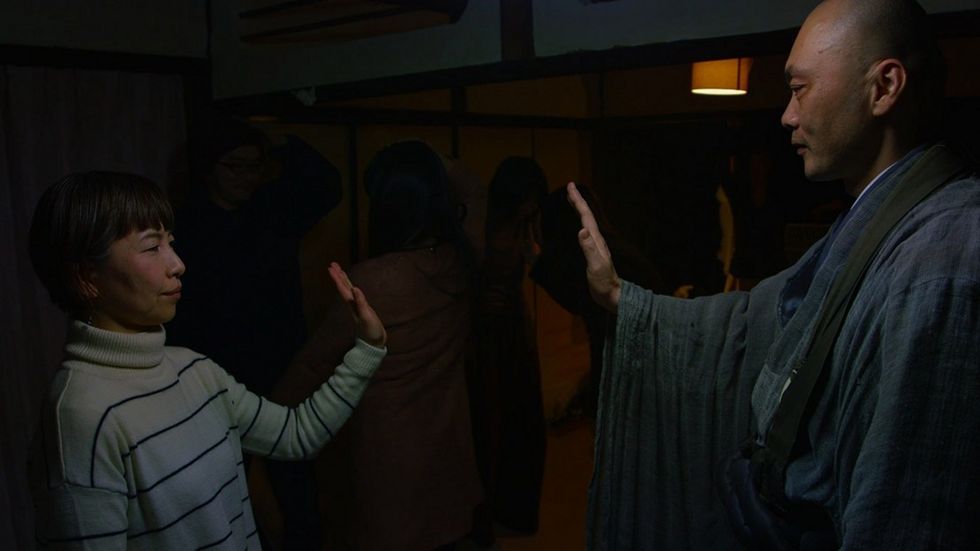
1. Be intentional
The first speaker was Lana Wilson, whose recent documentary The Departure premiered at Tribeca 2017 and has received a lot of praise since. A Caucasian from Kirkland, Washington, Wilson chose to tell the story of a suicide prevention clinic in Japan, founded by party boy-turned-Buddhist priest Ittetsu Nemoto. Nemoto’s strategy with suicidal patients is unique: he does "death roleplaying" with them, to help them learn to appreciate life.
While Wilson managed to handle this serious subject matter with a delicate touch, she was brutally frank about her own trepidation going in. “I was a white American filmmaker going to a country that has a history of being subjugated, exoticized and exploited, especially after World War II, and especially by white filmmakers.” She shook her head. “I neededto be conscious of that.”
"I had to ask myself: 'What is my perspective?' As a filmmaker, figuring that out should be priority number one."
Luckily, she wasn’t just another white filmmaker. “I knew from the start that I wasn’t ever going to be able to understand the culture, or even to blend in. So I had to ask myself: ‘What is my perspective?’ As a filmmaker, figuring that out should be priority number one.”
As Wilson has learned, this is not just a ‘PC’ exercise. It’s an essential directing technique. “This mindset helped me clarify what my intentions were as a director. I decided that the film wasn’t about why Japan has such a high suicide rate. It’s about how Nemoto asks people to experience death, so that they can understand how to live.” Wilson is clearly good at what she does: she explained her approach so clearly to the DOC NYC audience, it’s little wonder she was able to capture such intimate material onscreen.
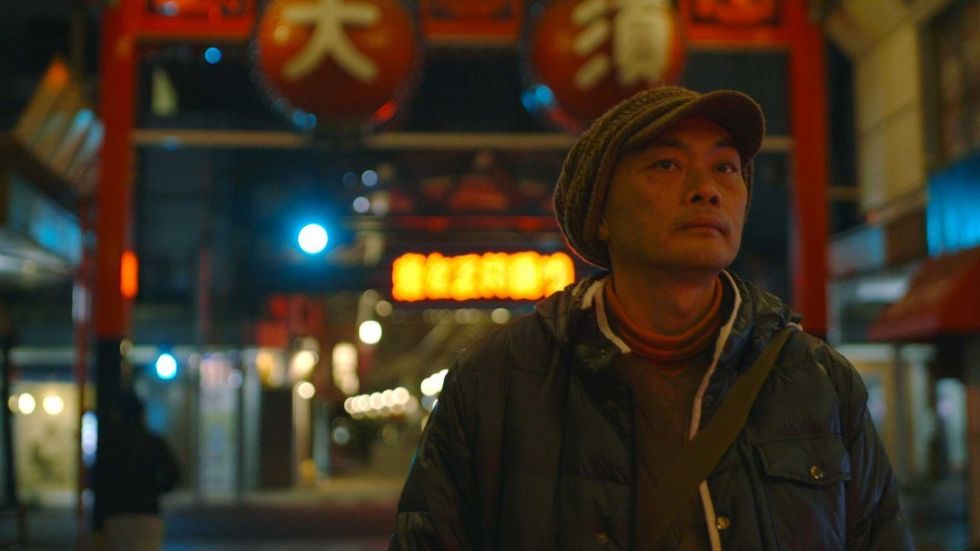
2. Get all sides of the story
The second panelist was Rebecca Cammisa, an Oscar nominee and Emmy-winner for her 2009 documentary Which Way Home. A film that took her six years to make, Which Way Home chronicled the journey of unaccompanied child migrants, traveling through Mexico to the U.S. border. This year, she made Atomic Homefront, a documentary on radioactive waste buried dangerously close to St. Louis, Missouri.
Cammisa laid out her advice matter-of-factly: “Your job is to try to understand the story. Understand the roles of all the different players. And from a journalistic standpoint, get everyone’s side of the story. Find the counterpoints. You always want to examine all sides of an argument so you can make a fair assessment.”
Even then, she added, it’s never easy, especially when you’re telling a story outside of your own personal experience. “If you’re lucky—and thorough—you’ll get people willing to show you their truth, what’s happening to them…and sometimes that’s all you’re left with.”
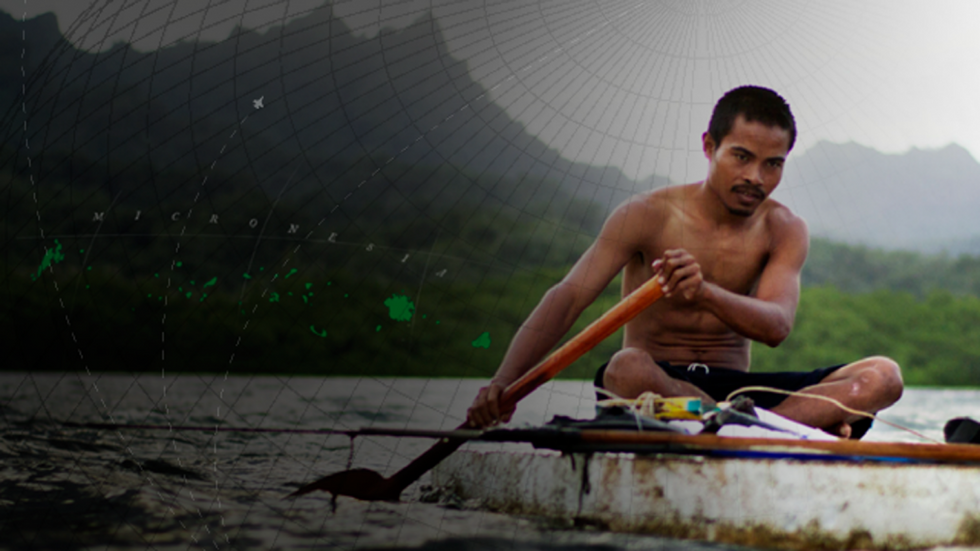
3. Accept your lack of control
As the panelists explained, a big part of directing is learning to let go and to adapt when things don’t go as planned. This is particularly pertinent when you’re in a foreign country: even when you’ve established your intentions—to yourself AND your subjects—you have to be flexible.
The third panelist, Nathan Fitch, described his frustrations when directing Island Soldier, the previously untold story of Micronesian citizens fighting America’s wars. An award-winning visual journalist, he has produced and directed episodes of the New Yorker Shorts and Murmurs TV series, and has served as a Peace Corps volunteer in Micronesia, but even so, he found it difficult to integrate when he was filming there.
"There are always going to be things that distance you from the story, not just language."
“The Micronesian soldiers speak English, but even then, their military language was still very hard for me to pick up.”
Cammisa agreed. “There are always going to be things that distance you from the story, not just language,” she warned. “Getting the proper paperwork, dealing with visas, uncooperative subjects. You have to accept that. And gauge your specific situation.”
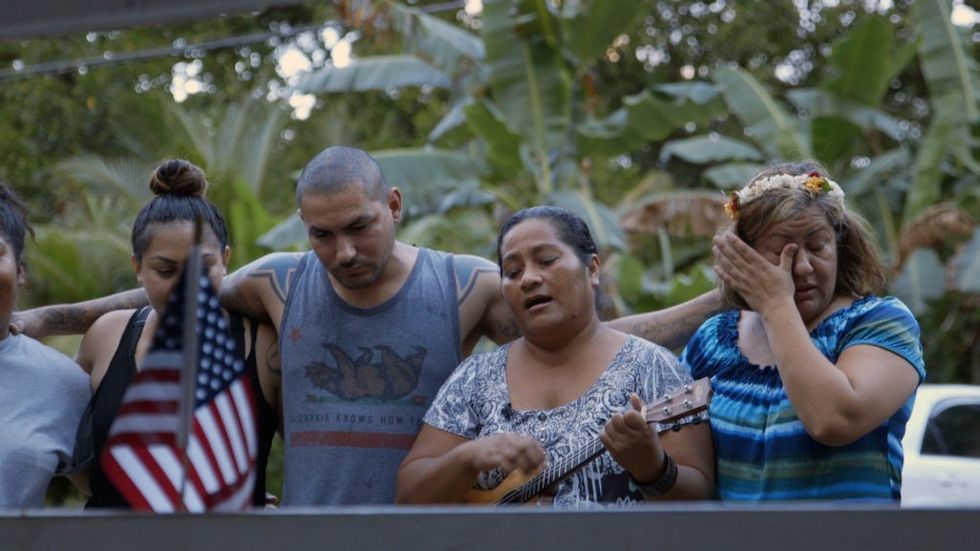
4. Earn your subject’s trust
And what do you do when you feel control slipping away? According to these panelists, the most important way to regain control of your film is to earn the trust of your collaborators, especially the ones who wind up onscreen.
Wilson chimed in, “You can’t push it. Often I’ll meet someone who doesn’t want to be filmed. Then they come to me six weeks later and they’re ready. So I try to set the stage for their comfort as much as possible.” Wilson's first piece of advice: “I always have the camera out,” she said. “Really visible, so it doesn’t become this big, intimidating presence. Not always filming, it’s just there. I’ve found that if you bring it out only for certain moments, it can make your subjects self-conscious.”
Her second tip, even more personal: “I try to talk to my subjects about my intentions for my film. I try to figure out what may be interesting, or exciting about it for them. In the case of The Departure, before I came along, these suicide patients didn’t have any place where they could talk openly about depression. But then, through my conversations with them, I learned that they liked the idea of sharing their stories—if a painful moment for them could become cathartic for someone else somewhere across the world.”

5. Enlist local officials
Onscreen subjects aren’t the only ones who require reassurance. Foreign officials can be the make-or-break difference in whether or not you get permission to film.
“In some countries they love official letters of support: documents with official stamps,” Cammisa said. “When officials see that other officials have approved a particular project, it really helps.” She continued, “One way to create a positive reaction in others is to build support from respected sources.” She described how her Fulbright scholarship helped validate her shooting in Mexico. “Think about applying for a Fulbright, or something similar. That took care of it for me.”
It wasn’t so easy for Russian filmmaker Evgeny Afineevsky, even though he’d already received an Oscar nomination in 2015 for Winter on Fire: Ukraine’s Fight for Freedom. Afineevsky weighed in with memories from his latest project, Cries From Syria: “I was struggling with papers because of my background,” he recalled. “The officials didn’t want me to go to any of the camps, to the military zones with Syrian refugees. Too much exposure.”
"Get a translator, get an elder, a person of authority on your side, someone whom your subjects trust."
Even so, Afineevsky managed. His film is a comprehensive account of the five-year Syrian war crisis, drawing on hundreds of hours of war footage from Syrian activists and citizen journalists. So how did he do it? “When your papers don’t cut it, use local fixers,” he suggested. “Ally yourself with the big networks, the famous ones, persuade them to share their contacts on the ground. If it helps you earn the trust of the locals, let others have a stake in your project.”
The three other panelists nodded: in one way or another, they’d all been there. “Get a translator, get an elder, a person of authority on your side,” Wilson advised. “Someone whom your subjects trust. Have them there to help others understand your intentions. It’s a great way to gain trust, and it’s a way to show that you care about your subject, that you are sensitive to their culture.”
Wilson smiled, reflecting on past collaborations, and added: “You want to work with people whom you genuinely want to spend time with. After all, isn’t that why you’re there? It’s about the experience as much as the end result.”
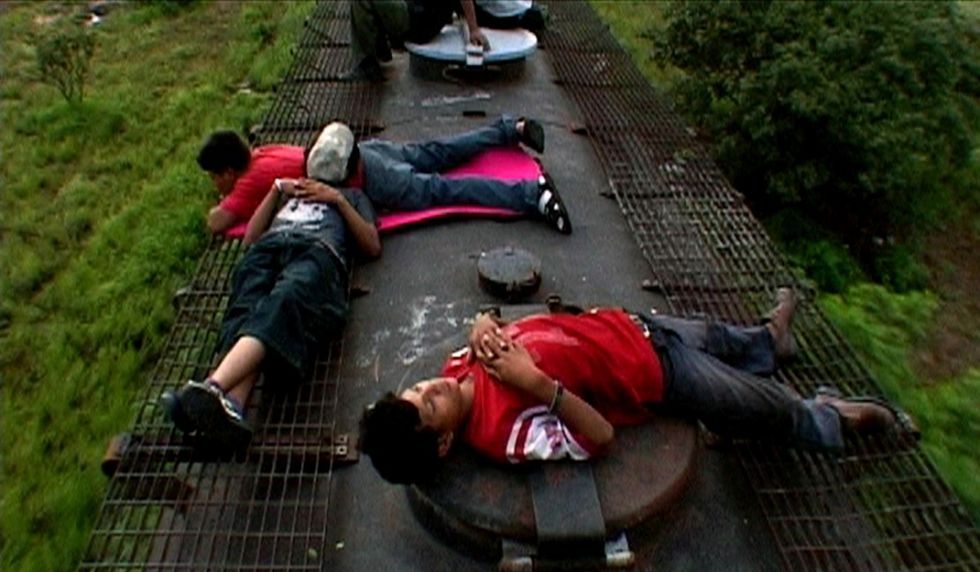
6. Be mindful of the ethics involved
Their final—and most important tip—was that any filmmaker venturing into unknown territory should think twice about what they’re doing, and why. Stories evolve. Context changes.
Take Cammisa’s film on Mexican immigrants trying to enter the United States: in light of recent anti-immigration policies enforced by the U.S. government, she has had to struggle with conflicting issues. “Filming a documentary is a constant moral and ethical balance,” she avowed. “Every day you have to ask yourself, ‘Does this feel right? Is this going to put someone in peril?’”
"People who told you their truth may now be in danger for what they have told you…if your footage gets out."
Or take Nathan Fitch’s film, Island Soldier, where he, too, had to wrestle with a difficult issue: “I had to ask myself—and the Micronesian soldiers whom I was filming—‘Do I have the right to explore how you are caught up in a global power struggle, how you are fighting for the U.S. in Iraq and Afghanistan, when I, a U.S. citizen, am not?’”
Another example of an ethical dilemma: what do you do if your subject has already signed their release, if you have access to all the footage you need—and then something changes? “People who told you their truth may now be in danger for what they have told you…if your footage gets out,” Cammisa said. The panelists nodded soberly. This was a very real danger, both for them and their subjects.
Most simply put, you should always be mindful and to take responsibility for what you can control, especially when you’re ‘outside your home turf,’ geographically or metaphorically (or both). It may not always be easy, but as these four filmmakers have told us, when real world issues collide with the message you want to deliver, what better, what more important time, is there to be a storyteller?











